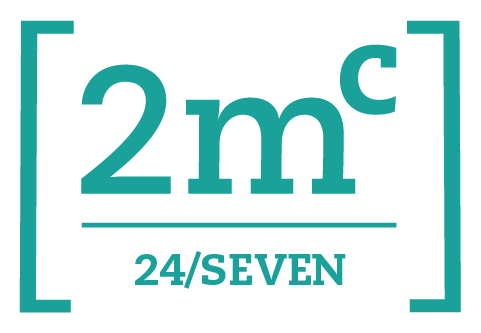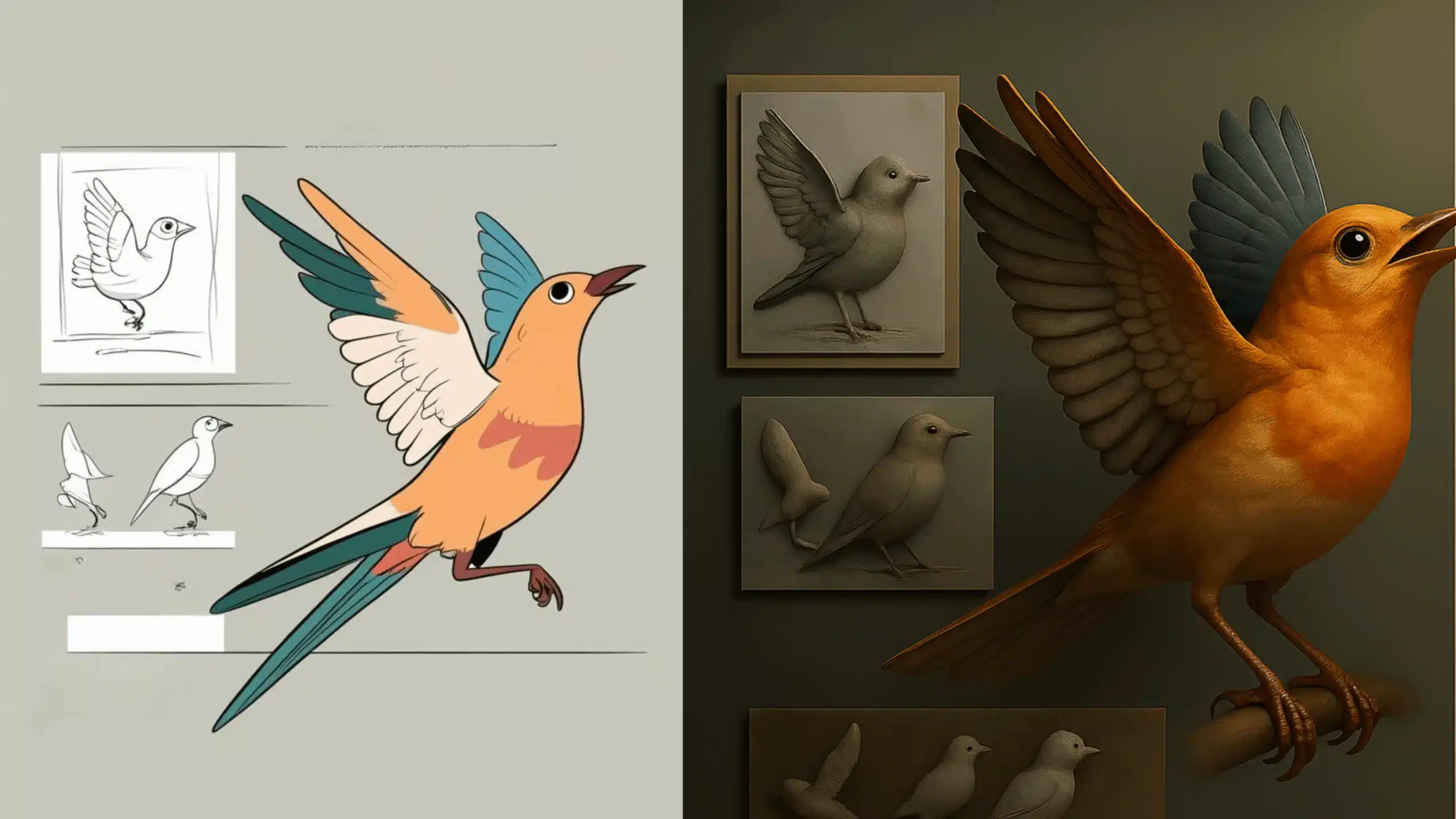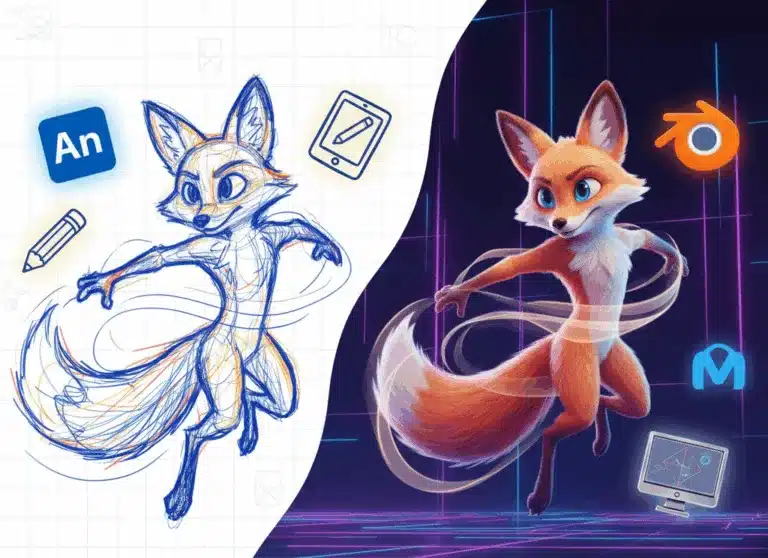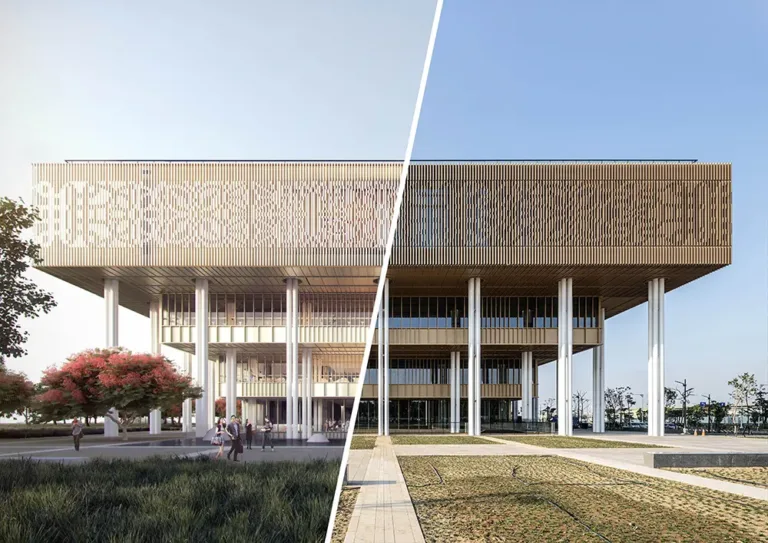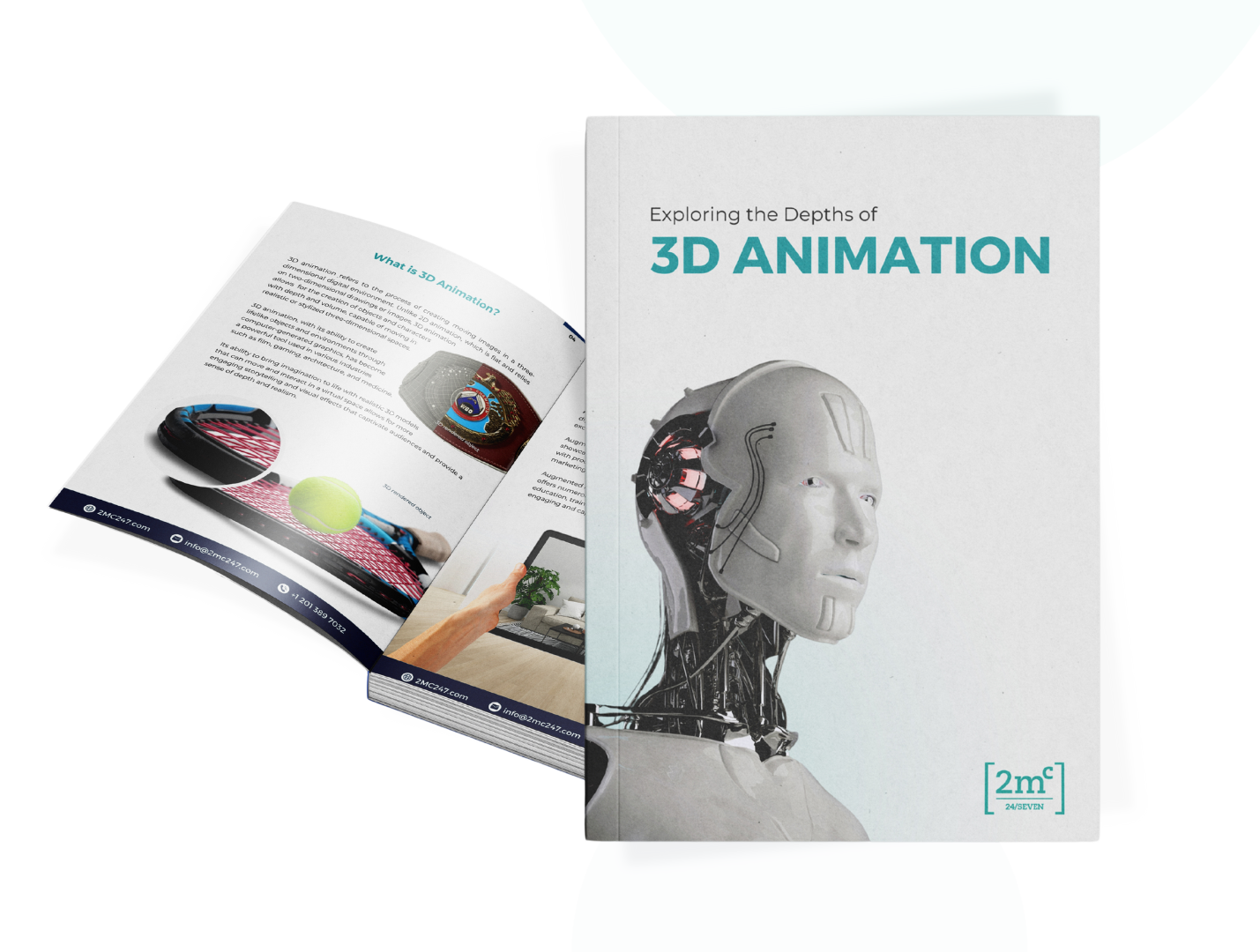Artificial Intelligence (AI) is not just the future of 3D animation, it’s the present. From streamlining production workflows to enhancing visual fidelity, AI is reshaping how stories are told in digital environments. At 2MC 24/7, we’re at the forefront of this evolution, using AI to amplify (never replace) human creativity.
The global AI animation market is expected to skyrocket from $1.2 billion in 2023 to $17.7 billion by 2033, a clear indicator that AI is becoming a cornerstone of modern animation production. This explosive growth signals more than just technological progress, it represents a massive shift in how studios conceptualize, produce, and deliver animated content across entertainment, gaming, advertising, and education.
AI as a Creative Co-Pilot, Not a Replacement
Artificial Intelligence is rapidly becoming an essential assistant in the 3D animation workflow, but it’s not here to replace artists, it’s here to empower them. AI acts as a creative co-pilot, handling repetitive and labor-intensive tasks such as in-between frame generation, background creation, motion capture cleanup, and crowd simulations. By taking on these technical chores, AI frees animators to focus more on storytelling, visual style, and character development. This partnership enhances the creative process by offering more time and mental space for artistic expression. AI can also suggest stylistic influences, help with scene layout ideas, or propose character movements based on existing assets which serves as an intelligent brainstorming partner rather than a creative substitute.
Speed Meets Smarts: Accelerated Previsualization & Asset Generation
One of the most transformative benefits of AI in animation is how it accelerates the previsualization and prototyping process. AI-powered tools can turn simple sketches or 2D images into 3D models within minutes, enabling teams to iterate more quickly and visualize ideas in real-time. Some advanced platforms use natural language processing (NLP) to interpret written scripts and automatically suggest visual components like props, environments, or camera angles. In addition, generative models can assist in developing base assets, such as textures, lighting presets, and even skeletal rigs, based on user input or learned data. These innovations mean that projects can move from concept to preview at record speed, shortening timelines while preserving creative intent.

Hyper-Realistic Animation with AI Rendering
AI-driven rendering technologies are significantly improving the visual fidelity and emotional realism of 3D animations. Machine learning models can now detect subtle nuances in human behavior, allowing characters to exhibit micro-expressions, body language, and eye movement that closely mimic real-life interactions. This leads to more believable and emotionally engaging animations. AI-assisted tools can also optimize lighting and physics in real time, simulating complex interactions like soft shadows, ambient occlusion, hair dynamics, and reflective surfaces with minimal manual input. These enhancements not only speed up production but also result in cinematic-level visual quality, even on smaller budgets or tight deadlines.
Personalization at Scale: Smarter Storytelling
AI is revolutionizing how stories are told by enabling mass personalization in animated content. By analyzing viewer behavior, preferences, and engagement data, AI can help tailor content that resonates more deeply with specific audiences. This can include adjusting dialogue pacing, color themes, character appearances, or even narrative arcs to suit cultural, demographic, or emotional profiles. In interactive or gamified experiences, AI allows for real-time adaptation, enabling branching storylines or personalized endings based on viewer choices. This level of customization not only enhances viewer satisfaction but also improves retention and emotional connection with the brand or story being told.

Lower Costs, Higher Quality: AI Democratizes Animation
Perhaps one of the most impactful contributions of AI is its ability to lower production costs while elevating quality, effectively democratizing the 3D animation industry. Tasks that once required large teams and months of work, such as scene layout, character rigging, or environment design, can now be executed by smaller teams using AI-enhanced workflows. Cloud-based AI render farms, generative tools, and asset libraries make high-end visual production accessible to startups, independent creators, and educational institutions. This levels the playing field and encourages more experimentation, faster project turnaround, and a surge in creative diversity. AI is not just a cost-cutting tool, it’s a catalyst for inclusive innovation across the animation landscape.
Future Outlook
AI isn’t the enemy of creativity, it’s the amplifier of it. At 2MC 24/7, we’re leveraging AI to unlock new dimensions of efficiency, quality, and emotional depth in 3D animation.
As the industry continues to evolve, studios that embrace AI will not only stay ahead of the curve, they’ll help define where the curve leads.
Now is the time to embrace AI not as a tool of convenience, but as a partner in crime of creative excellence.
Curious to see how it all comes together? Take a look at our Samples or explore Pricing to start your journey.
